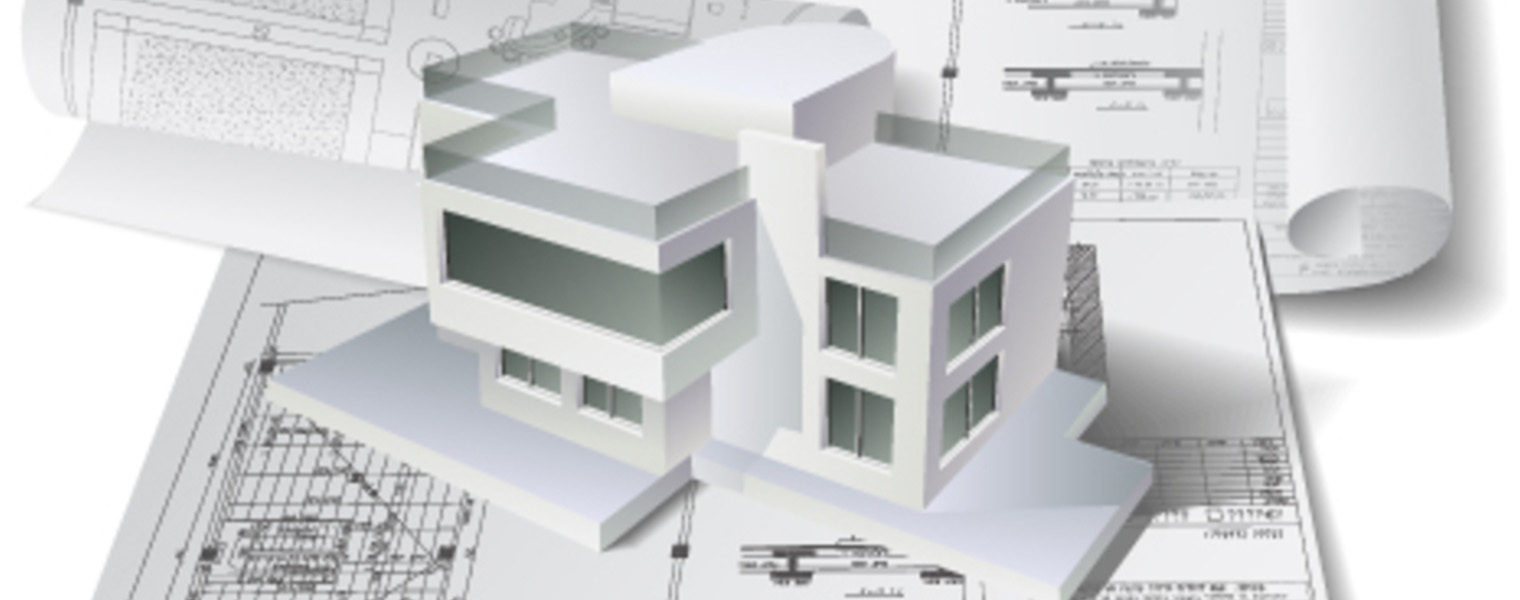Artificial Intelligence (AI) is rapidly transforming the fields of Computer-Aided Design (CAD) and Building Information Modeling (BIM), offering new opportunities to streamline workflows, improve efficiency, and enhance design outcomes. However, like any technology, AI comes with both advantages and disadvantages. In this article, we’ll explore the role of AI in CAD and BIM, examining its benefits as well as potential challenges.
Advantages:
Automation of Repetitive Tasks:
One of the primary advantages of AI in CAD and BIM is its ability to automate repetitive tasks. AI-powered algorithms can perform tasks such as drafting, annotation, and file organisation, freeing up designers’ time to focus on more creative and high-level aspects of the design process.
Design Optimization:
AI can assist in design optimization by analyzing vast amounts of data and generating alternative design solutions. Through techniques such as generative design, AI algorithms can explore numerous design options based on specified parameters, leading to more efficient and innovative designs.
Enhanced Collaboration:
AI-driven collaboration tools facilitate better communication and coordination among project stakeholders. By analyzing data from various sources, AI can identify potential clashes, optimize resource allocation, and improve decision-making, leading to smoother workflows and reduced errors.
Performance Prediction:
AI-powered simulations enable engineers to predict the performance of building designs more accurately. By analyzing factors such as structural integrity, energy efficiency, and occupant comfort, AI can help optimize design decisions and ensure better overall performance.
Disadvantages:
Data Dependency:
AI algorithms rely on large amounts of data to function effectively. In the context of CAD and BIM, this may pose challenges if the data available is incomplete, inaccurate, or inconsistent, leading to unreliable results.
Lack of Understanding:
AI algorithms can be complex and difficult to understand, especially for users who are not familiar with the underlying technology. This lack of understanding may lead to skepticism or resistance to adopting AI-powered tools and workflows.
Overreliance on Automation:
While automation can improve efficiency, there is a risk of overreliance on AI-powered tools, leading to a loss of creativity and critical thinking skills among designers. It’s essential to strike a balance between automation and human input to ensure optimal design outcomes.
Ethical and Bias Concerns:
AI algorithms may exhibit biases inherent in the data used to train them, leading to biased or unfair outcomes. In the context of CAD and BIM, this could manifest as design solutions that favor certain groups or exclude others, raising ethical concerns that need to be addressed.
Overall, AI has the potential to revolutionize CAD and BIM workflows, offering significant advantages in terms of automation, design optimization, collaboration, and performance prediction. However, it’s essential to be mindful of potential challenges such as data dependency, lack of understanding, overreliance on automation, and ethical concerns. By addressing these challenges proactively, designers and engineers can harness the full potential of AI to improve design processes and deliver better outcomes in CAD and BIM projects.








